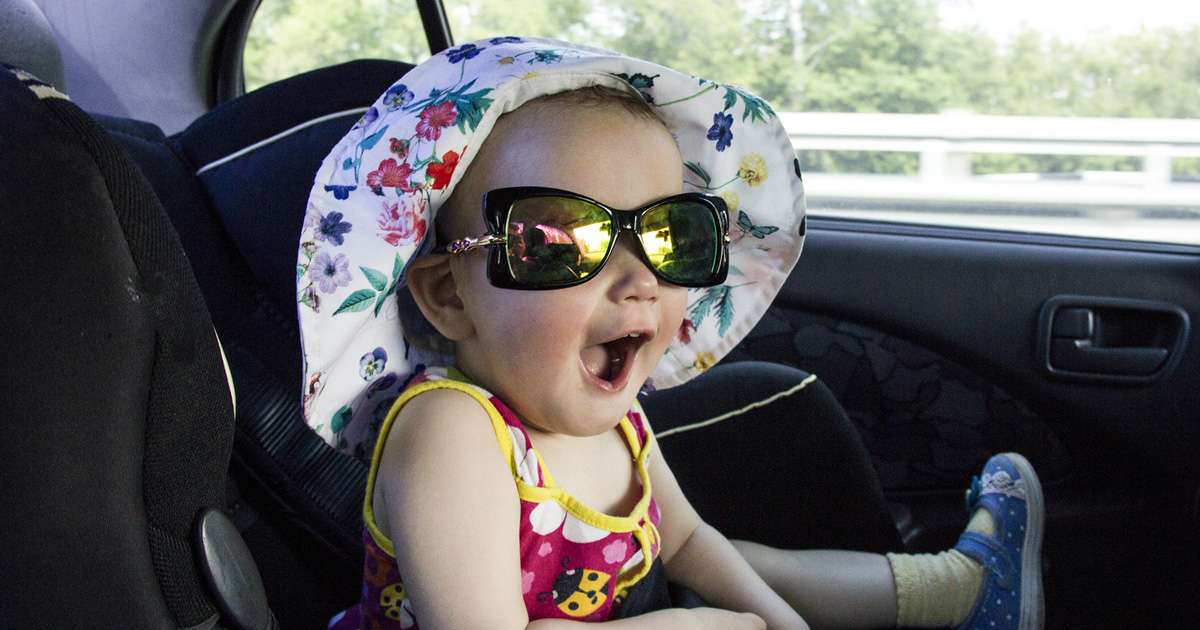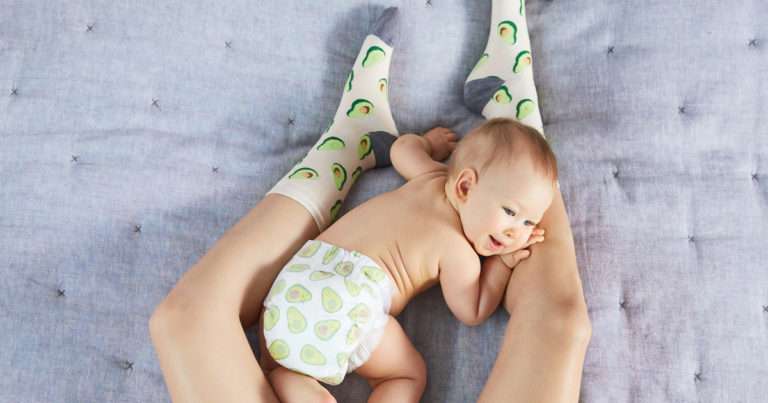
We last updated this article about car seats for children in 2022.
As a parent, nothing is more important than keeping our children safe. And with traffic accidents the leading cause of death for children, we need to be extra vigilant about how we protect them when we are on the road. Using a properly fitted child seat manufactured to Australian safety standards is one of the most important things we can do. So, what do you need to know when it comes to choosing the right car seat for your child?
A good place to start is with the laws and safety standards.
WHAT TYPE OF RESTRAINT DOES MY CHILD NEED?
Though state governments are responsible for road legislation, the laws relating to child seats are uniform across the country. Failing to have your child in a properly fastened and fitted restraint not only puts your child at risk, but it can result in fines and other penalties. Importantly, although there are guidelines for particular age groups, the laws allow for flexibility regarding your child’s situation. For example, if your child is too small for the restraint device designated for their age level, they should stay in their existing restraint. If your child outgrows their seat, they should move to the next level regardless of their age.
With those points in mind, here are some pointers when it comes to getting the legally required car restraint for your child set up and ready to use.
UNDER SIX MONTHS
What the law says: Children up to the age of six months must be secured in an approved rear-facing restraint.
What the experts say: There is widespread agreement that rear-facing seats are the safest option. Some experts, including the Royal Children’s Hospital Melbourne (RCH), recommend basing the decision to move a child to a forward-facing seat on their size rather than age.
SIX MONTHS TO FOUR YEARS
What the law says: children who are at least six-months old but under four-years old must be secured in either a rear or forward-facing approved child restraint with an inbuilt harness.
What the experts say: The RCH recommends keeping children in rear-facing seats until they have physically outgrown them, regardless of age, after which they should move to forward-facing seats.
FOUR TO SEVEN YEARS
What the law says: Children aged at least four but under seven must be secured in a forward-facing approved child restraint with an inbuilt harness or an approved booster seat.
If your vehicle has more than one row of seating, children under the age of seven must be placed in the back. However, there are some exceptions. Kids aged between four and seven can sit in the front only if all the back seats are occupied by passengers under seven or if they have a certificate from a health professional.
What the experts say: The Royal Automobile Association of South Australia recommends children stay in a forward-facing child safety seat until they have outgrown it, at which point they should move to a booster seat.
OVER SEVEN YEARS
What the law says: Various state government guidelines suggest children aged from seven-years old can legally sit in the front seat, but recommend using a booster seat until they are at least 145cm tall.
What the experts say: Kidsafe Victoria recommends children stay in the back seat until they are at least 12 years old where possible.
FINDING THE RIGHT CAR SEAT FOR YOUR CHILD
While all child restraints sold in Australia should adhere to a mandatory safety standard, feedback from other parents shows some offer greater quality than others. So, how can you tell which may suit you better? Some places to start could be the Child Restraint Evaluation Program (CREP), which provides a star ratings system that ranks child seats for critical protection and ease of use, or Canstar Blue that provides ratings based on how satisfied parents are with their baby seats.
When choosing a car seat for your child, once you’ve researched the available models, it’s time to start looking around. You may be able to find a wider range and more easily compare prices online, but buying in store or physically checking out some models before you buy, might be a better option for others. For first-time parents, staff at dedicated baby stores, online parenting forums or the chat function at some online stores can be useful sources of advice.
Another option is to rent your child seat. This can be popular for rear-facing baby capsules, which are usually only used for the first six or 12 months of the baby’s life. There are baby equipment providers who offer this service across the country.
One thing to be careful with is buying from overseas, since international child restraints may not have been assessed to Australian safety standards. Also, be wary when buying second hand as the effectiveness of the product could be impacted by wear and tear or previous accidents.
FITTING AND SAFETY OF A CAR SEAT FOR YOUR CHILD
Unfortunately, while most parents understand the importance of a car seat for your child, research by the RACV showed more than 70% of restraints are used incorrectly, often with twisted and incorrectly adjusted straps and seatbelts. Children in these incorrectly fitted seats are up to seven times more likely to be injured in a crash, so it’s clear we can’t afford to be complacent about the fitting process.
One solution may be to have your child restraint professionally fitted. This worked really well for me as a first-time mum (and second-time mum come to think of it!). Some tasks are really better left to the experts. Many baby equipment retailers and hirers can do this for you. There is also a network of fitting stations in the community throughout Australia coordinated by state governments or organisations like Kidsafe. Both options typically involve a fee.
CHOOSING A CAR SEAT FOR YOUR CHILD: FINAL POINT
Finally, if your vehicle is involved in a crash, you may need to replace your child seat. The Royal Automotive Association recommends replacing car seats after any crash in which the main body of the vehicle has been distorted. In this instance, check with your insurer as they may cover the cost of replacement. You can also search for insurers that provide a baby/child seat benefit using this car insurance comparison tool.

Find out more about keeping your car safe on the road with our article: 5 Car safety checks you can do yourself.













